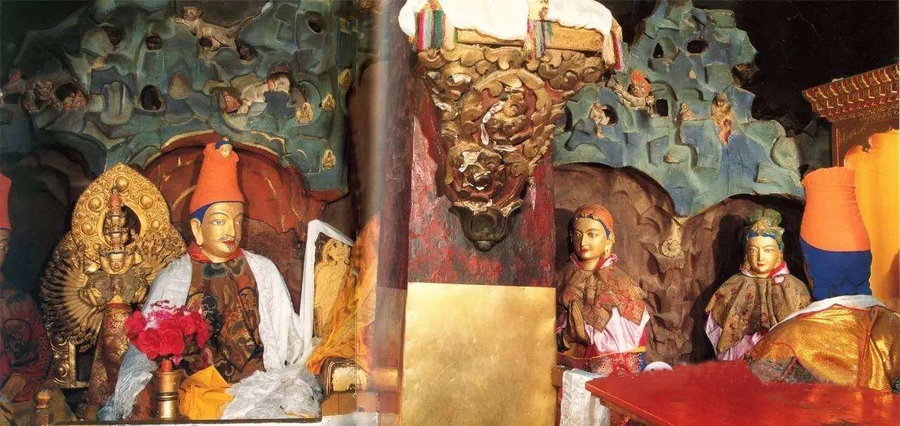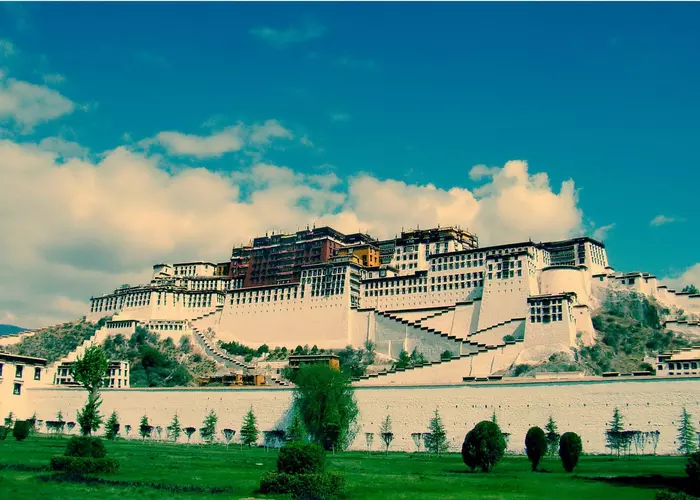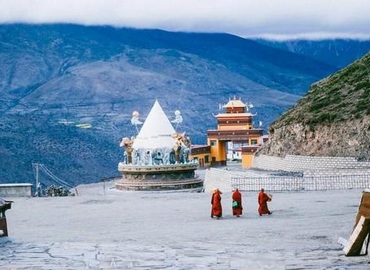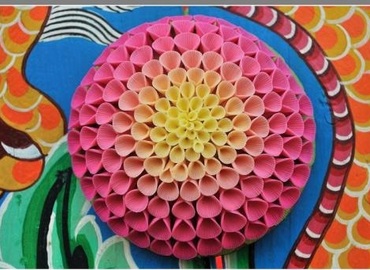Songtsen Gampo
- Catherine
- Last Updated : 05/08/2025
Songtsen Gampo was born in Chongye County of Shannan Prefecture in the Tibet Autonomous Region. Songtsen Gampo's father, Namri Songtsen, is a very accomplished emperor. Under the influence of Namri Songtsen, Songtsen Gampo, in his youth, showed extraordinary talents. After his father was assassinated with poison by his political enemy, he succeeded to the throne at the age of 13. Songtsen Gampo is a famous king in Tibet's history and the founder of the Tibetan Empire.
Overview
Songtsen Gampo (617-650) was the 33rd Tibetan king and actually the founder of the Tibetan Empire (Tubo). During his reign (629-650), he conquered many other tribes beyond Central Tibet, which greatly expanded the territory of the Tibetan Empire and made it a powerful country on the Tibetan Plateau. He established Tubo’s political, cultural, military, economic, and legal systems, brought Buddhism from India and the Tang Dynasty to the Tibetan people, and introduced science and technology, as well as calendars from the Tang Dynasty. The following are his achievements.
United Tibetan Plateau
After taking the throne, while he was investigating the assassin of his father, he trained the army at the same time. Soon, he put down the rebellion, unified tribes on the plateau, moved the seat of his newly unified kingdom to Lhasa, and established the slave-owners regime of Tubo.
After that, he successively conquered the surrounding tribes such as Sumpa (Qinghai), Duomi, Bailan, Tangut (Ningxia), and Yangtong (Qiangtang). The empire became more powerful and increased in size.
Friendly Diplomacy
After the reunification of Tibet, Songtsen Gampo, who was full of political foresight, took the initiative to send envoys to the neighboring country Nipoluo (Nepal). On the one hand, Songtsen Gampo married Princess Bhrikuti, promoted Tibet-Nepal mutual trades, and invited Nepali craftsmen and artists to teach architecture, painting, and carving skills in Tibet.

On the other hand, he sent envoys to Tang to set up and develop a close friendship first, then propose marriage. In order to establish a good relationship with Tubo and seek peace on the western border, Emperor Taizong of the Tang dynasty granted the request from the king of Tibet for marriage with the Chinese Princess Wencheng, niece of the Emperor, in the fifteenth year (641). Princess Wencheng's entry into Tibet brought Buddhism and various advanced science, technology, and culture from mainland China to the plateau, and further advanced the development of Tibet's economy and culture.
Cultural Achievements
Songtsen Gampo's most prominent contribution to culture is the creation of the Tibetan script and, therefore, the establishment of classical Tibetan characters. In the past, there was no script in Tibet. At the beginning of the 7th century AD, Songtsen Gampo sent 16 sons of nobles, headed by his minister Thonmi Sambhota, to India and different tribes of the Western Regions to study Sanskrit and characters. After repeated comparisons, Thonmi Sambhota created the Tibetan script on the basis of these languages, by adopting simple, clear strokes that are easy to write.
During the reign of Songtsen Gampo, he also sent a group of sons of nobles proficient in Tibetan to Chang'an, the capital of the Tang Dynasty, to accept the advanced feudal culture of the Tang Dynasty.
Introduced Buddhism
The Tubo people originally believed in the Bon religion. Until the 7th century, the leader of the Bon religion maintained a high position in the Tibetan empire.
In the Songtsen Gampo period, he married Nepal Princess Bhrikuti and Chinese Princess Wencheng. Nepal is a well-known Buddhist country, and Buddhism during the Tang Dynasty was extremely prosperous. Both princesses believed in Buddhism, and they brought Buddha statues, Buddhist scriptures, and artifacts to Tibet. According to the record, Thonmi Sambhota also brought several Buddhist scriptures when he returned to Tibet, which were later translated into Tibetan. Since then, Buddhism has been introduced to Tibet. Under the influence of the princesses, Songtsen Gampo began to accept Buddhism. He built the Jokhang Temple for Princess Bhrikuti and the Ramoche Temple for Princess Wencheng in Lhasa. Later, Songtsen Gampo built 12 Buddhist temples, although at that time, most of the Tibetan people believed in the Bon religion. It was not until the reign of Tribe Tsuktsen (704-755) that Buddhism gradually spread out on the plateau.
Conclusion
Songtsen Gampo was a visionary leader whose military conquests, diplomatic strategies, and cultural reforms laid the foundation for a unified and influential Tibetan Empire. His contributions to the introduction of Buddhism, the development of the Tibetan script, and the fostering of international relations deeply influenced the region’s historical development, shaping its cultural and spiritual identity for generations.
Email response within 0.5~24 hours.






